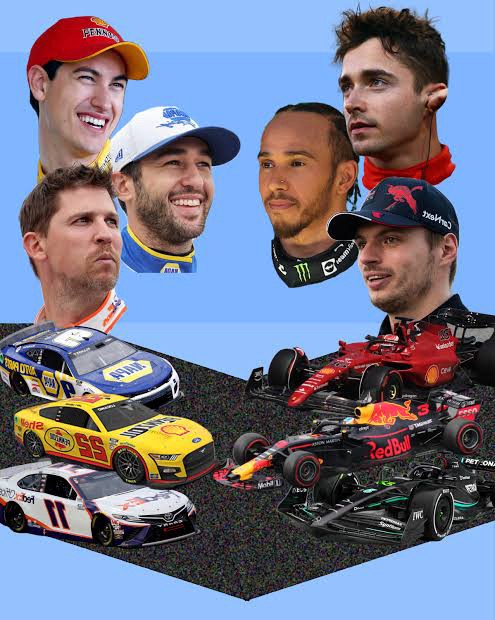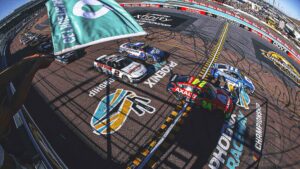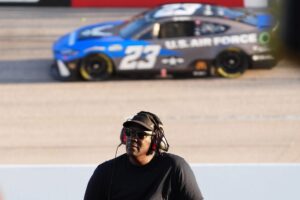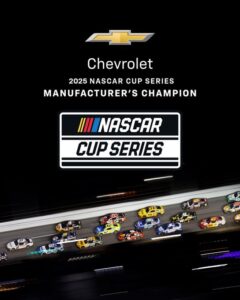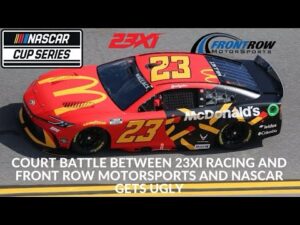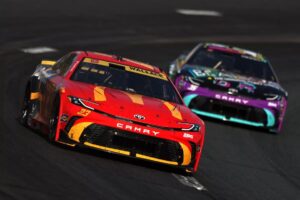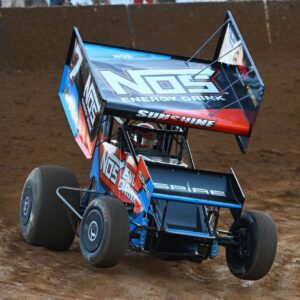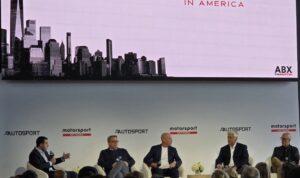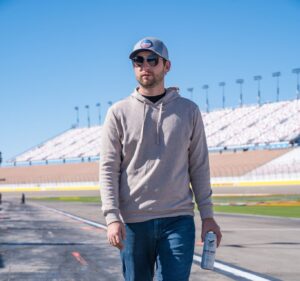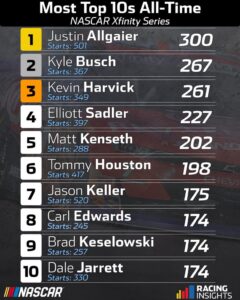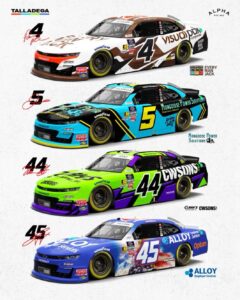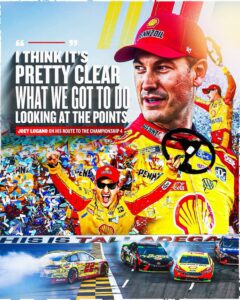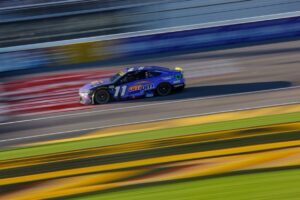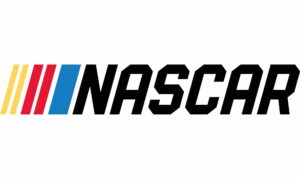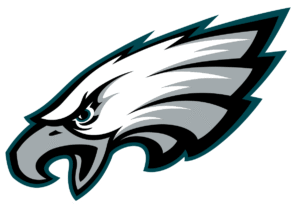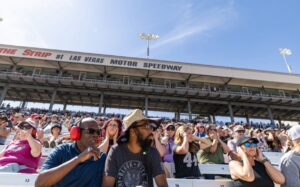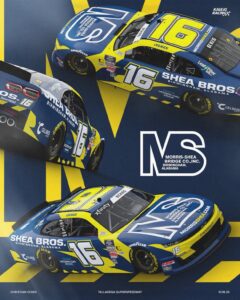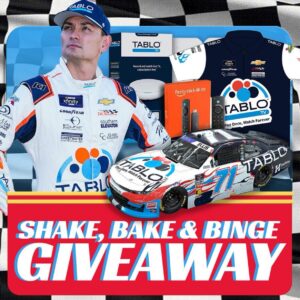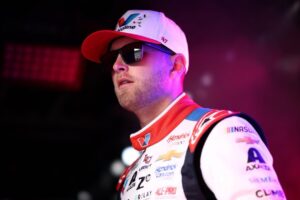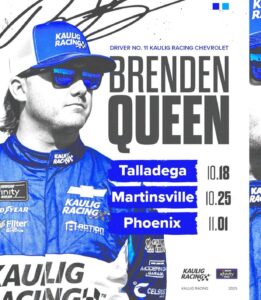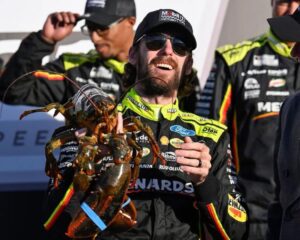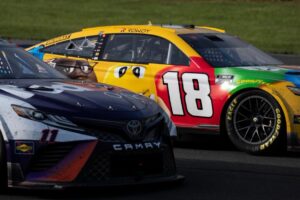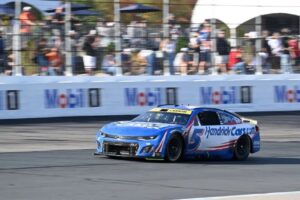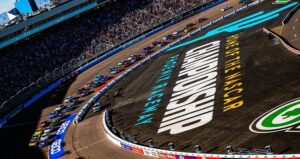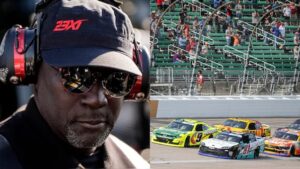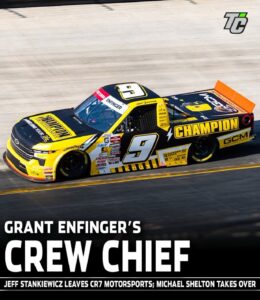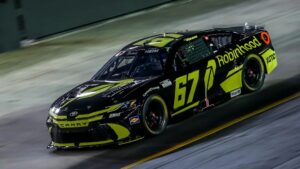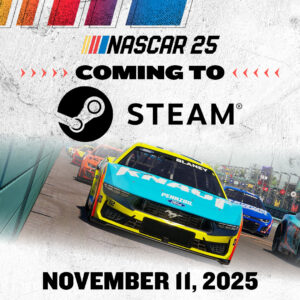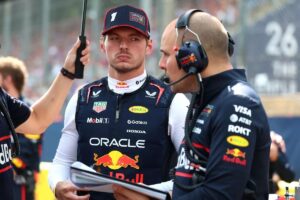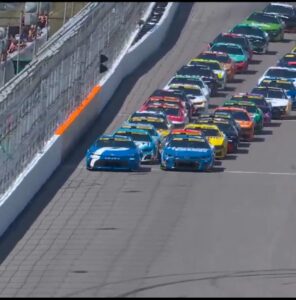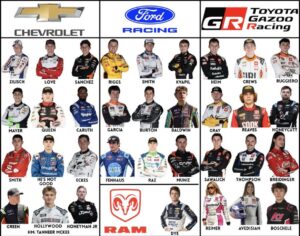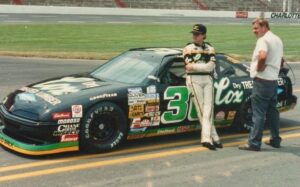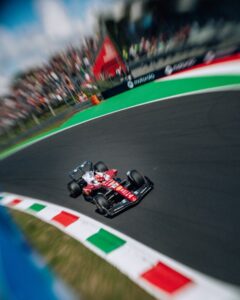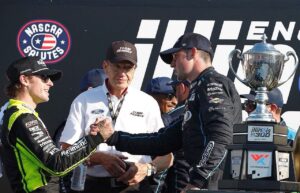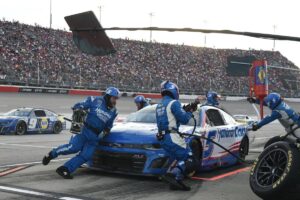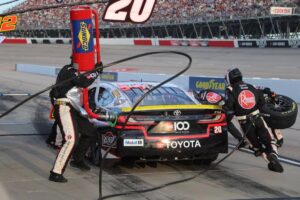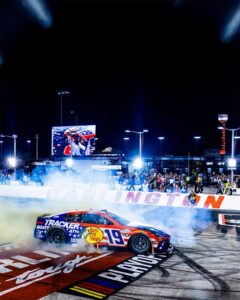Via IG / @tales.pages
#NASCAR #Motorsports #NascarNews #NascarCupSeries #F1
When it comes to motorsports, few names carry the global recognition and passionate fanbases of NASCAR and Formula 1. Both series are fast, fierce, and filled with drama — but they are also radically different in everything from technology to culture. Whether you’re a die-hard oval fan or a street circuit strategist, here’s a breakdown of the key differences between NASCAR and Formula 1.
1. Car Design and Technology
NASCAR:
Heavy, high-horsepower stock cars weighing over 3,200 pounds. Front-engine, rear-wheel drive with V8 engines producing ~670–750 hp. Focused on durability, close racing, and driver skill in traffic. Mostly standardized across teams (Next Gen car).
Formula 1:
Lightweight, open-wheel, open-cockpit machines under 2,000 pounds. Hybrid turbocharged V6 engines producing over 1,000 hp. Incredibly advanced aerodynamics, energy recovery systems, and complex data systems. Each team designs their own chassis within FIA regulations.
2. Tracks and Race Formats
NASCAR:
Primarily races on ovals (superspeedways, short tracks, intermediates), with some road courses. Races are long (usually 300–500 miles) with stages and caution periods. Strategy revolves around tire wear, fuel mileage, and restarts.
Formula 1:
Races on international road courses and street circuits like Monaco, Silverstone, and Suzuka. Each race is a timed event (maximum 2 hours, ~190–200 miles). Precision pit stops and tire strategy are critical, with fewer full-course cautions.
3. Global Reach vs. American Roots
NASCAR:
Born in the U.S. in the late 1940s, deeply rooted in American motorsport culture. Most races take place in the U.S. with a loyal regional fanbase. Known for tailgating, patriotic themes, and blue-collar appeal.
Formula 1:
Global sport with races on every continent except Africa and Antarctica. European in origin, now expanding rapidly in the U.S. (thanks to Netflix’s Drive to Survive). Features international teams, drivers, and massive global sponsors.
4. Drivers and Personalities
NASCAR:
Drivers come from grassroots racing — dirt tracks, short ovals, late models. Physical, aggressive style with door-to-door contact. Names like Dale Earnhardt, Jeff Gordon, and Jimmie Johnson are icons.
Formula 1:
Drivers typically rise through karting and European junior formulas. Precision driving, high G-forces, and elite reflexes are required. Legends include Ayrton Senna, Michael Schumacher, Lewis Hamilton, and Max Verstappen.
5. Fan Experience and Atmosphere
NASCAR:
A festival-style atmosphere with fan zones, driver access, and infield camping. Emphasis on the experience of a full race weekend — family-friendly and loud. Accessible drivers and raw, mechanical action.
Formula 1:
Glamor, exclusivity, and global entertainment appeal. VIP paddocks, luxury hospitality, and corporate sponsors dominate. The pageantry is as much a part of the show as the race itself.
Final Thoughts
While NASCAR and Formula 1 live in the same racing universe, they are worlds apart in how they operate and who they appeal to. NASCAR thrives on close-quarter, bumper-to-bumper intensity. F1 dazzles with speed, technology, and precision.
But at their core, both represent the eternal chase of speed, strategy, and skill — two unique expressions of the same racing soul.
So whether you’re waving a checkered flag in Daytona or sipping champagne in Monaco, there’s room for both kinds of racing passion.
🏁 Which side are you on — or do you love both? Let us know @tales.pages.
#NASCAR #F1 #RacingCulture #MotorsportFans #DriveToSurvive #NextGenCar #Formula1
